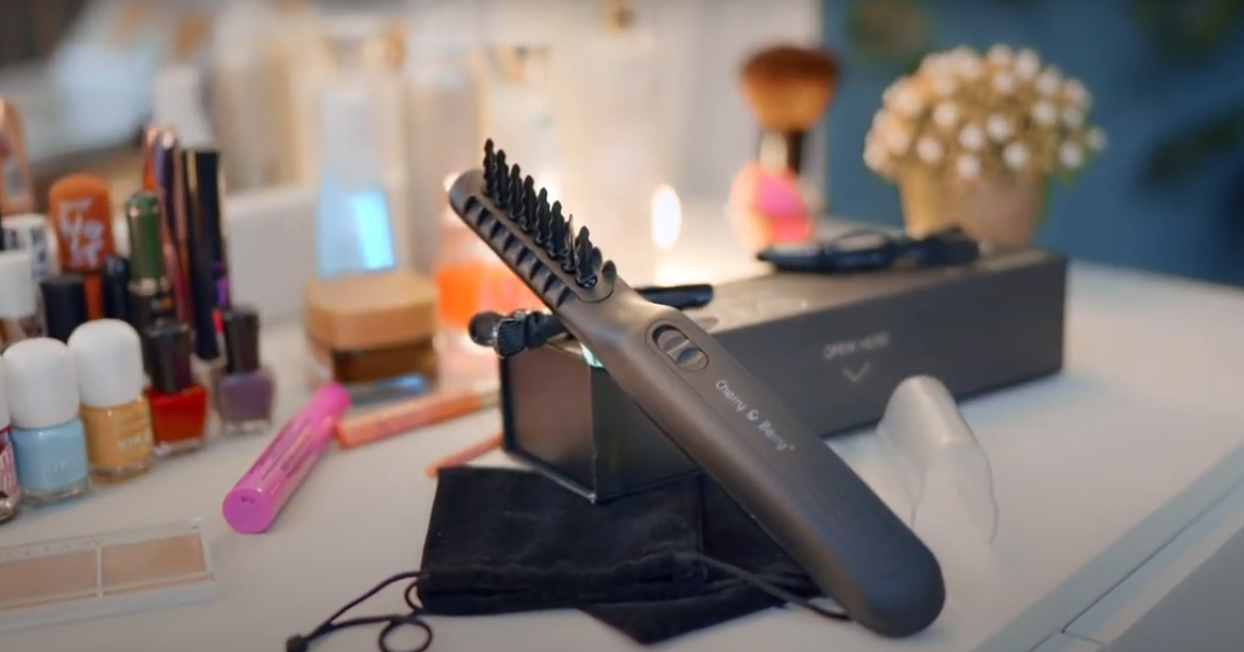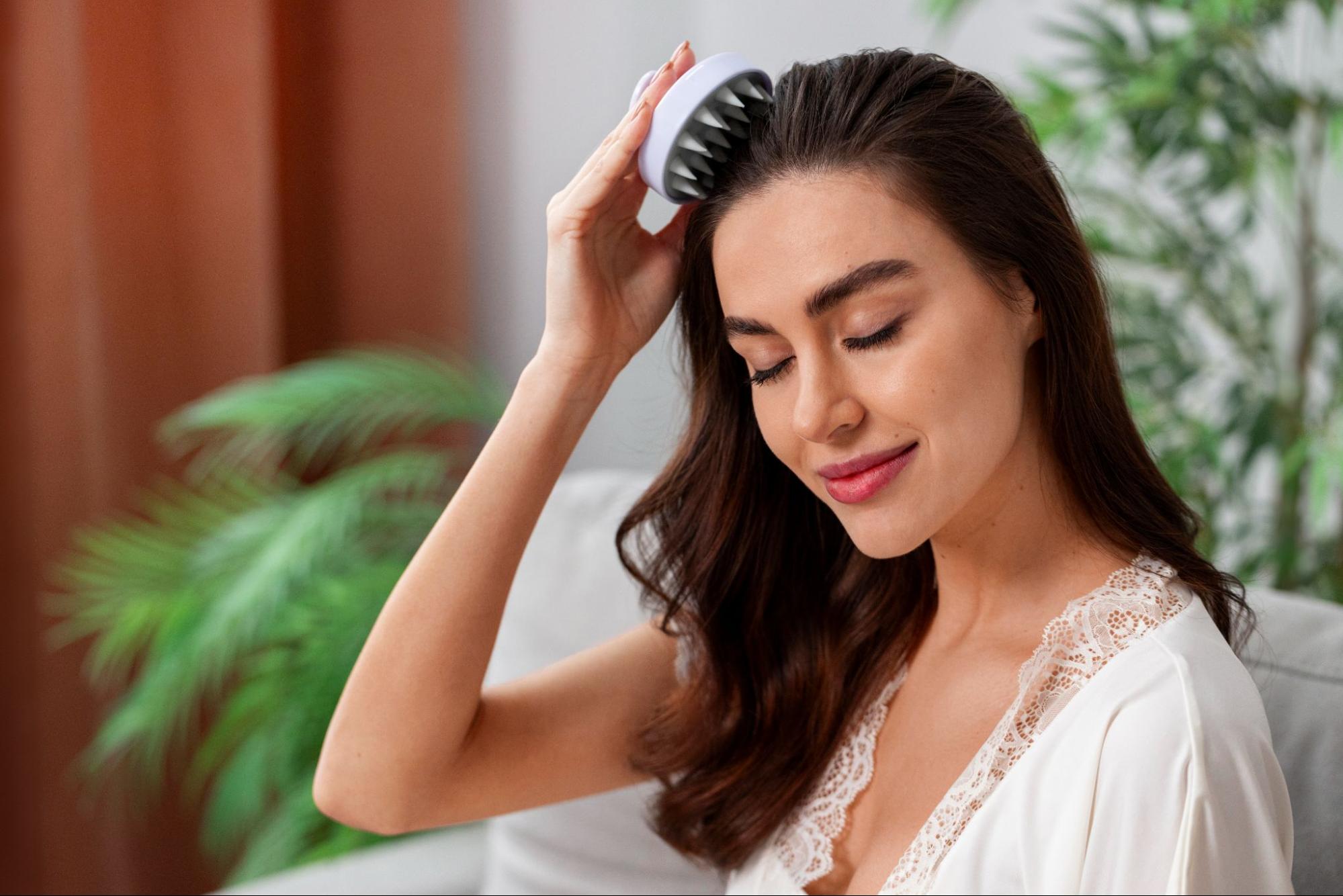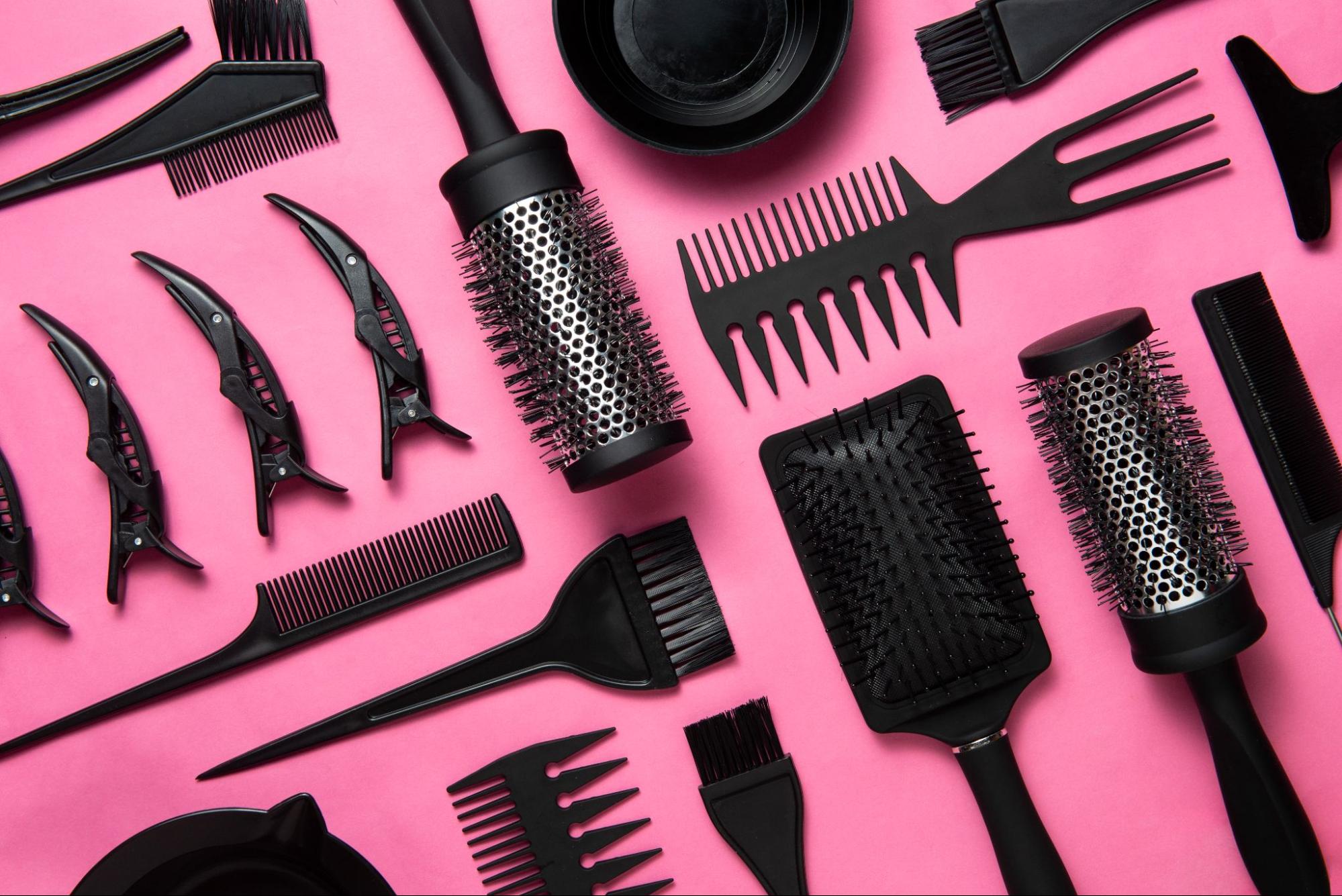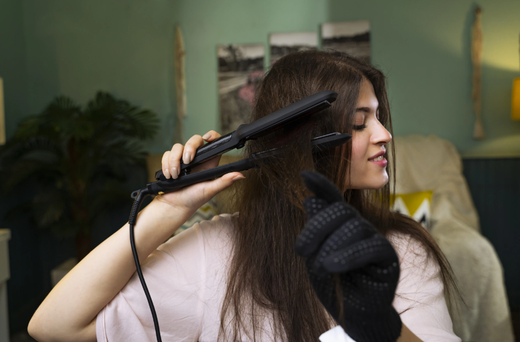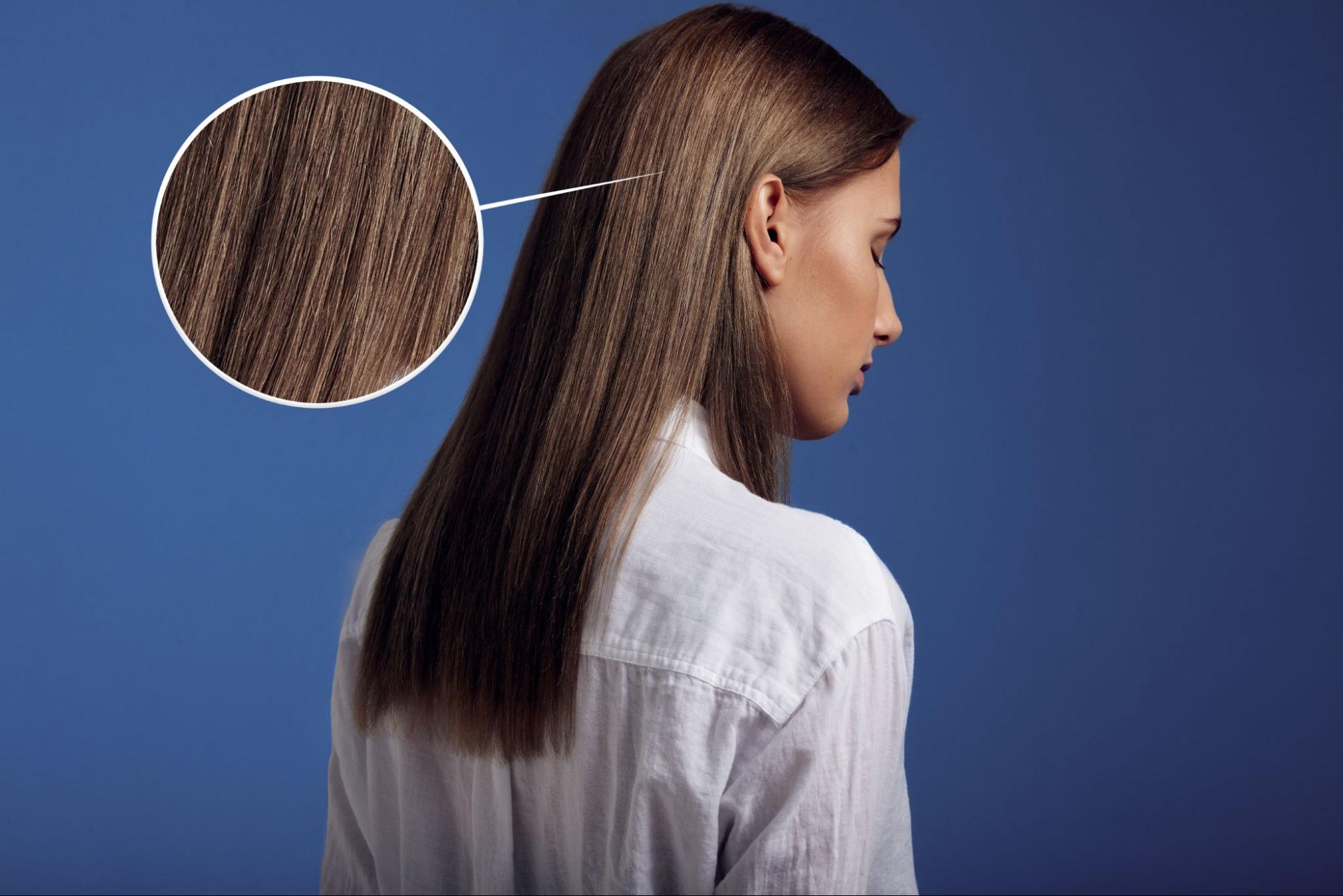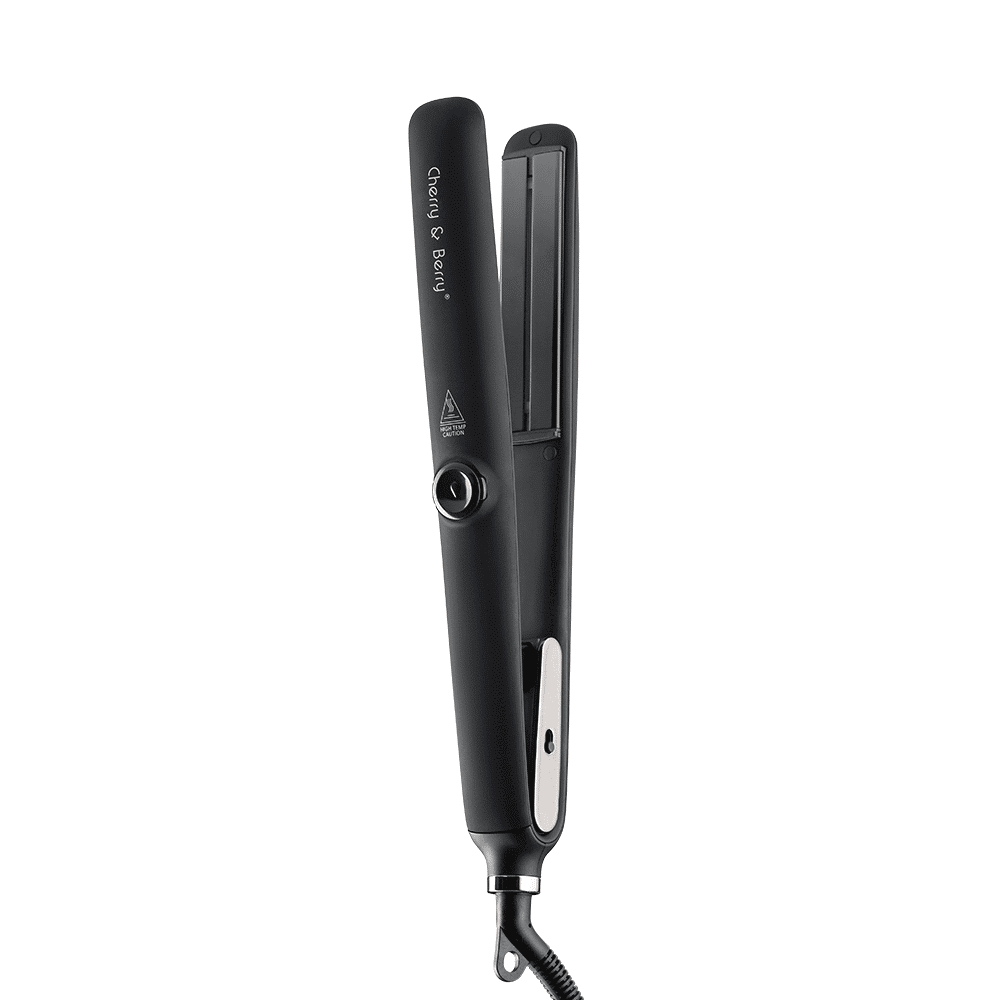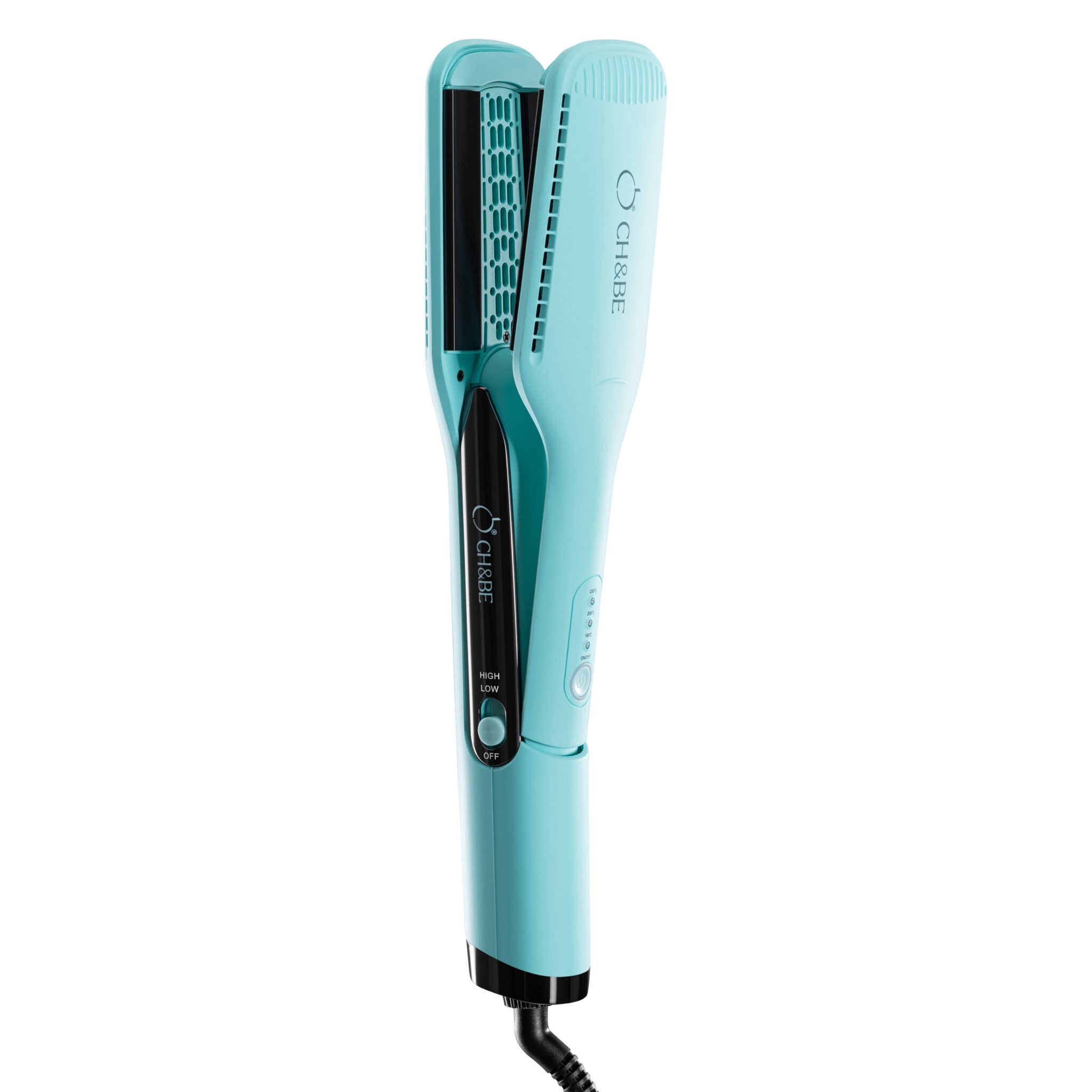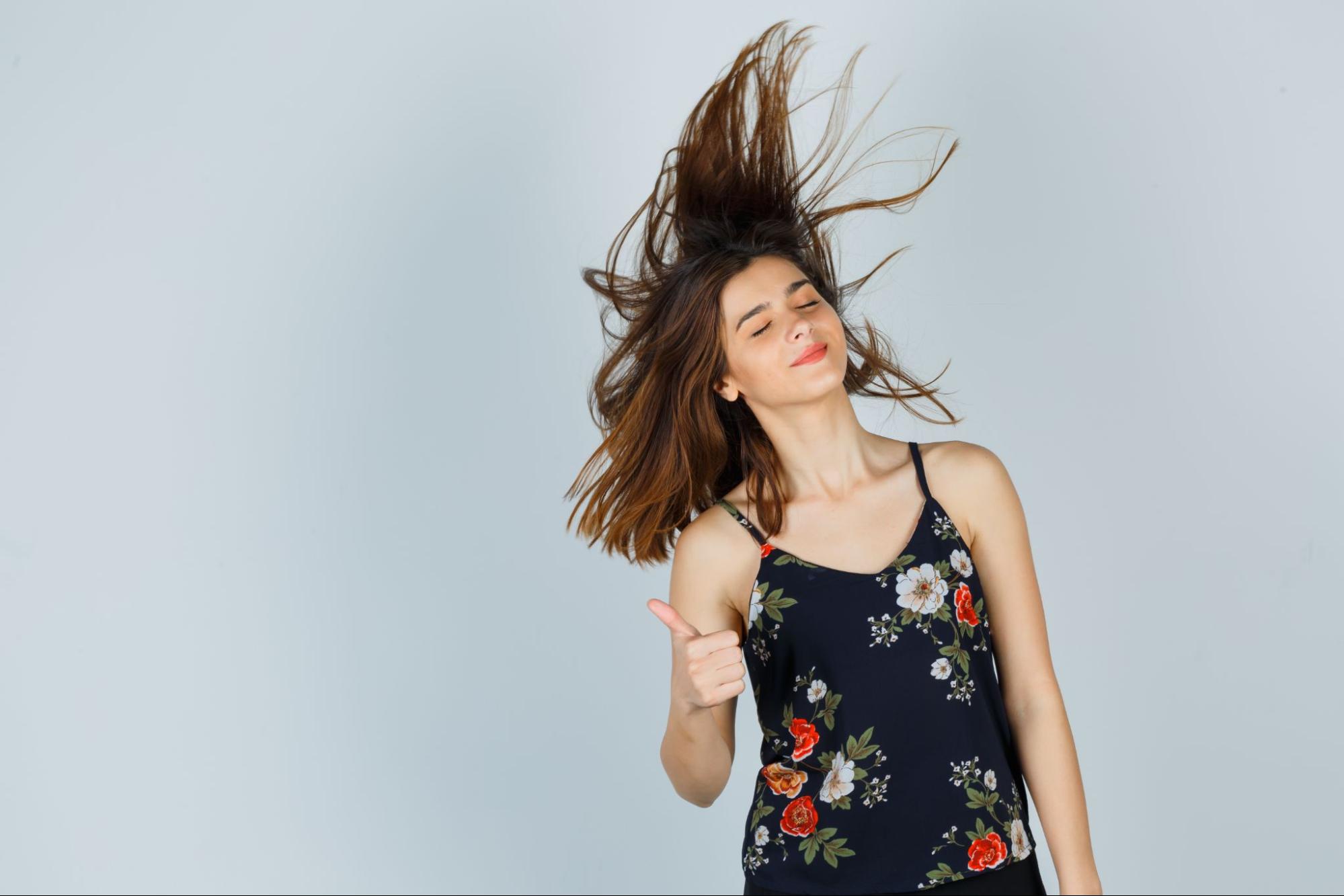
Hair Drying Methods: A Comprehensive Guide for Beginners and Professionals
Hair Drying Methods: A Comprehensive Guide for Beginners and Professionals
Knowing more than one method of drying hair gives you more flexibility in dealing with your hair at any time and from anywhere. Therefore, in this guide, we are interested in presenting various and effective methods of drying hair , with tips for each method to achieve the best possible benefit.
air dry hair
It is one of the natural hair drying methods that is indispensable every now and then, to spare your hair the risks of constant exposure to the heat of the dryer. It is also a more effective method with short, thin hair.
- Wash your hair using shampoo and conditioner that suit your hair type and needs.
- Rinse your hair with cold water to remove any remaining shampoo and conditioner residue.
- After gathering your hair in a towel, gently squeeze your hair to get rid of the water and leave it damp without friction or movement.
- Section your hair and let it air dry naturally, tossing and turning the hair to ensure even drying.
Tips for better results:
- Avoid shampoos that contain sulfates or sulphur because of their damaging effects on hair.
- Use a cotton or microfiber towel.
- Do not expose your hair to direct sunlight or strong winds, so that it does not become damaged and split.
Blow Drying Hair: A Step-by-Step Guide

After washing and towel drying your hair, make sure to set the dryer settings to low or medium heat for thick and long hair, and avoid high temperatures.
- Divide your hair into small sections.
- Turn on the dryer and point it at the scalp.
- Move the dryer in a circular motion, exposing the entire head to the dryer to ensure even drying.
- Move to the ends of the hair and move the dryer over the ends in a wavy motion.
- Repeat the previous movement on all hair strands to achieve even drying.
For best results with an electric dryer:
- Use the dryer from a distance of 15-20 cm to protect your hair.
- Make sure to use a diffuser with a smart hair dryer when styling curly hair as it distributes air evenly throughout the hair.
Although drying hair with an electric dryer is one of the most famous and important methods of drying hair, it is necessary to avoid using the dryer all the time and for long periods, to provide better protection for your hair from heat and the resulting damage and breakage.
Creative ways to dry hair: thermal cap, microfiber towel
Apart from natural and electrical methods, there are still innovative ways to dry hair, with certain effectiveness. The most famous of these methods is drying with a thermal cap or a microfiber towel.
Microfiber towel

It is a towel made of very fine fibers, which enables it to absorb a large amount of water, and you can use it directly after showering as one of the innovative ways to dry hair.
Its features :
- Absorbs water faster than regular cotton towels.
- Reduces friction that can cause hair damage.
- Helps define curls.
Its disadvantages include:
They may be expensive, or not readily available in all stores.
Thermal hat
The thermal cap contains an internal heater that emits heat through the inner body of the cap. When placed on wet hair, the heat is distributed and reaches all parts of the hair, accelerating the drying process.
Features of the thermal hat:
- Provides uniform heat to all parts of the hair, which helps dry hair evenly.
- Helps reduce frizz and breakage.
- More protection for hair than electric dryer
Disadvantages of thermal hat:
- It may be a bit heavy on the head.
- May not provide the same level of quick drying as an electric dryer.
With this, we have reviewed the most important hair drying methods for beginners. For more information about hair drying, browse the comprehensive guide to hair drying . So that you are fully aware of caring for your hair and the various methods of drying it.


